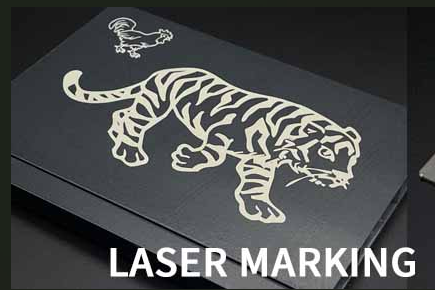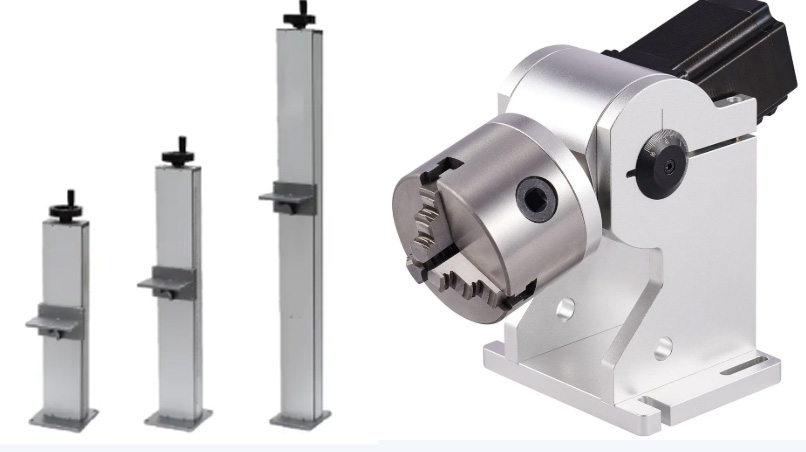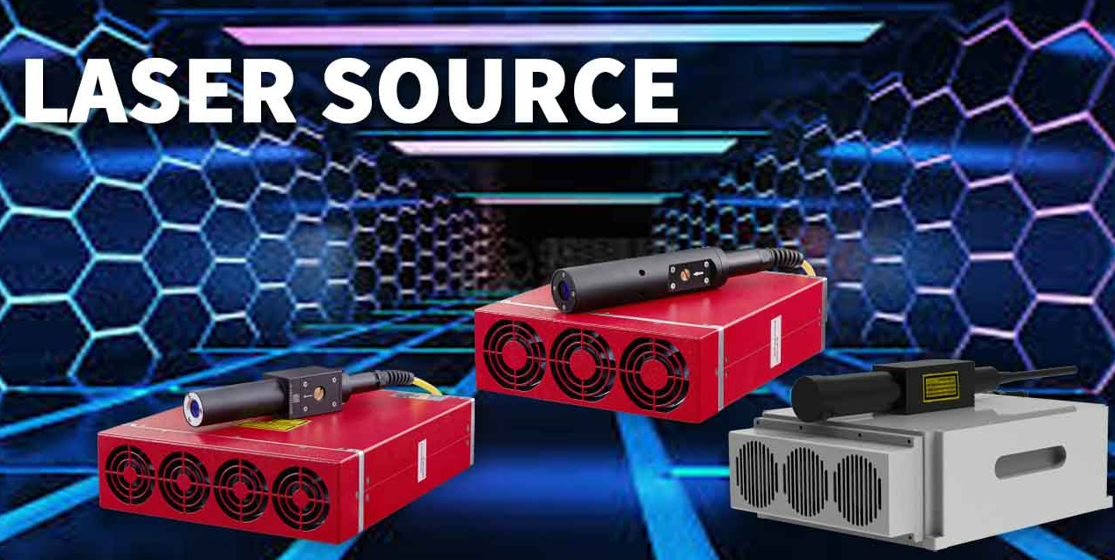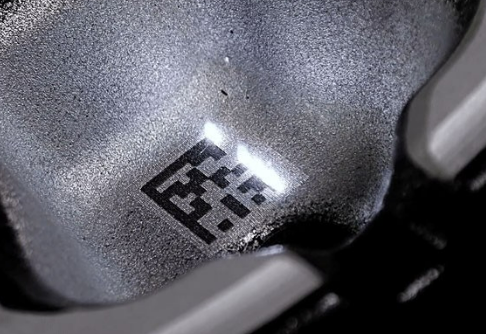
In laser marking, engraving, and cutting systems, the Galvo Scanner plays a critical role in directing the laser beam with high speed and precision. While both 2D Galvo Scanners and 3D Galvo Scanners serve similar purposes, their structure, capabilities, and application scenarios differ significantly. So, how do you choose the right one for your laser system?
What is a Galvo Scanner?
A Galvo Scanner, or Galvanometer Scanner, uses fast-moving mirrors driven by galvanometer motors to reflect and guide laser beams across the work surface. The system responds to digital signals in real time, enabling high-speed and high-accuracy beam positioning. It’s widely used in laser marking, laser cutting, laser welding, and 3D engraving applications.
Key Features of Galvo Scanners:
Extremely fast marking speeds (often over 7000 mm/s)
High positioning accuracy
Ideal for non-contact, high-precision processing
Compatible with fiber, CO₂, UV, and other laser sources
What is a 2D Galvo Scanner?
A 2D Galvo Scanner controls the laser beam in two dimensions — X and Y axes — which makes it suitable for marking on flat surfaces. It is the most common configuration in standard laser marking machines.
Advantages of 2D Galvo Scanners:
Simpler structure and easier integration
Fast marking speed on flat surfaces
Cost-effective for most industrial applications
Stable performance with low maintenance
Typical Use Cases:
Metal part marking, PCB labeling, barcode engraving, packaging code printing.
What is a 3D Galvo Scanner?
A 3D Galvo Scanner adds control over the Z-axis (focal depth), enabling it to dynamically adjust the focus point during operation. This allows laser processing on curved, uneven, or multi-level surfaces.
Advantages of 3D Galvo Scanners:
Capable of marking on 3D-shaped objects or inclined planes
Dynamic focus control enhances marking quality across varying heights
Larger marking field without distortion
Perfect for complex and high-value product surfaces
Typical Use Cases:
3D deep engraving, smartphone shell marking, automotive part coding, jewelry etching.
Key Differences Between 2D and 3D Galvo Scanners
| Feature | 2D Galvo Scanner | 3D Galvo Scanner |
|---|---|---|
| Axes of Control | X and Y | X, Y, and Z (focus axis) |
| Surface Compatibility | Flat surfaces | Flat, curved, sloped, and layered |
| Focus Adjustment | Manual or fixed | Dynamic, real-time |
| Marking Field | Limited to focal plane | Expanded marking range |
| Application Complexity | Standard | Advanced, multi-dimensional |
| Cost | Lower | Higher, due to additional hardware |
Which Galvo Scanner Should You Choose?
If you’re working with flat materials in mass production environments, a 2D Galvo Scanner is a reliable, cost-effective choice.
If you need to engrave on curved or irregular surfaces, or want to expand your machine’s capabilities, investing in a 3D Galvo Scanner will provide the flexibility and quality needed for complex jobs.
Conclusion
Understanding the difference between 2D and 3D Galvo Scanners is essential when selecting a laser scanning system for your application. While the 2D scanner meets most basic industrial needs with speed and stability, the 3D scanner opens new possibilities for precision on complex surfaces. Whether you’re focused on cost-efficiency or advanced versatility, choosing the right Galvo Scanner will directly impact your laser system’s performance and output quality.
由用户投稿整理稿件发布,不代表本站观点及观点,进行交流学习之用,如涉及版权等问题,请随时联系我们(yangmei@bjjcz.com),我们将在第一时间给予处理。







